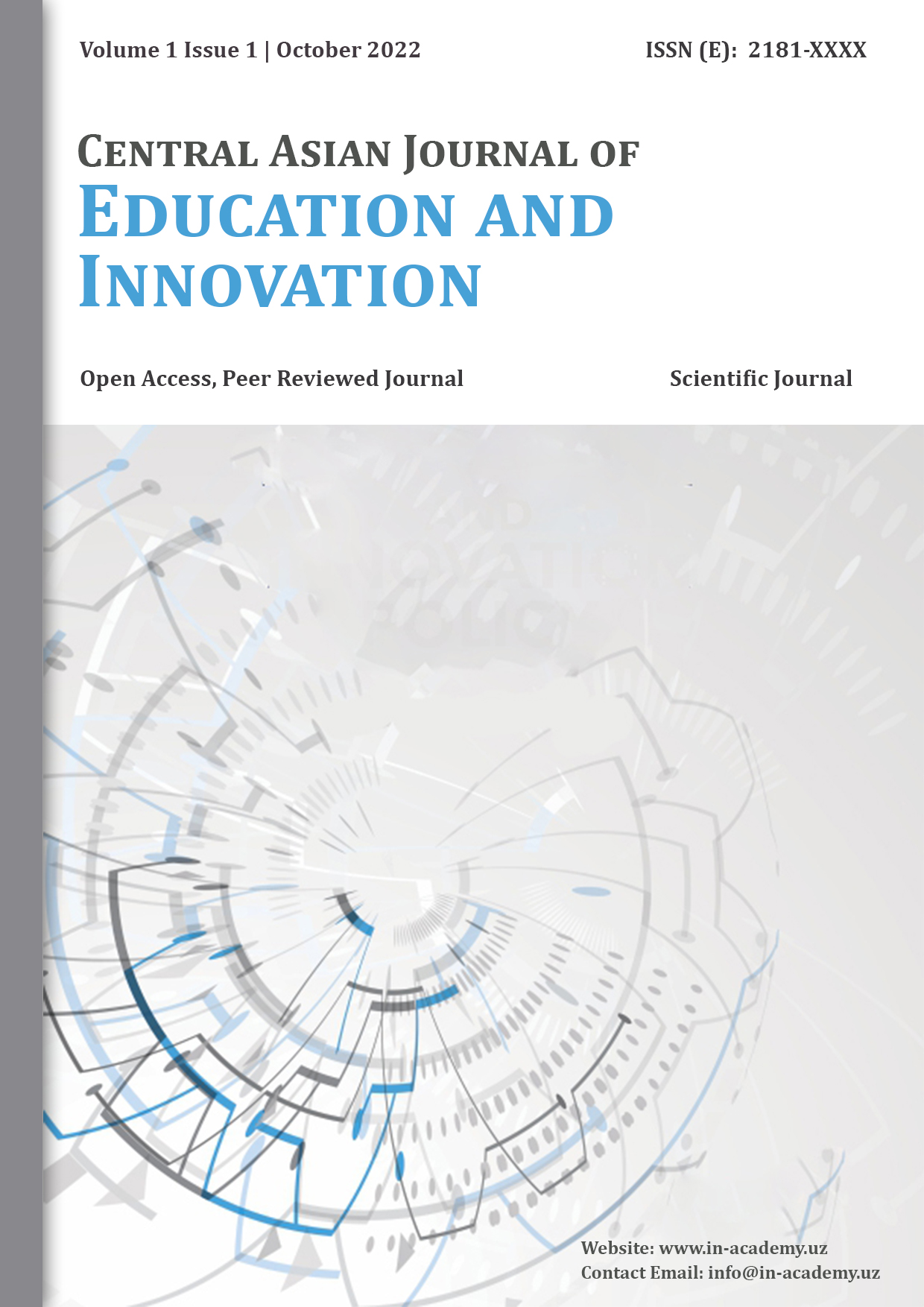IDIOMS IN LANGUAGE ACQUISITION: HOW CHILDREN MASTER FIGURATIVE EXPRESSIONS
##plugins.themes.bootstrap3.article.main##
Abstrak:
Idioms, as figurative expressions with metaphorical or culturally specific meanings, pose a unique challenge for language learners, particularly children. This article explores the acquisition of idiomatic expressions by children, focusing on the cognitive processes involved and the factors that facilitate their mastery. Through a comprehensive review of existing research, we examine the developmental trajectory of idiom comprehension and production, as well as the strategies employed by children to decipher the figurative meanings. Furthermore, we discuss the role of contextual cues, cognitive abilities, and cultural exposure in idiom acquisition.
##plugins.themes.bootstrap3.article.details##
##submission.howToCite##:
##submission.citations##:
Cacciari, C., & Tabossi, P. (1988). The comprehension of idioms. Journal of Memory and Language, 27(6)
Nippold, M. A., & Duthie, J. K. (2003). Mental imagery and idiom comprehension: A comparison of school-age children and adults. Journal of Speech, Language, and Hearing Research, 46(6)
Nippold, M. A., & Martin, S. (1989). Idiom interpretation in isolation versus context: A developmental study with adolescents. Journal of Speech and Hearing Disorders, 54(4)
Nippold, M. A. (2004). Idioms: Figurative language comprehension, retention, and production in children with and without language impairment. Journal of Speech, Language, and Hearing Research, 47(5)
Nippold, M. A., & Rudzinski, M. (1993). Idiom understanding in youth: Further examination of familiarity and transparency. Journal of Speech and Hearing Research
Berman, R. A., & Slobin, D. I. (Eds.). (1994). Relating events in narrative: A crosslinguistic developmental study. Psychology Press.z

